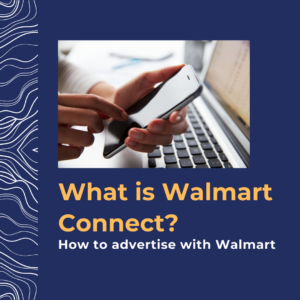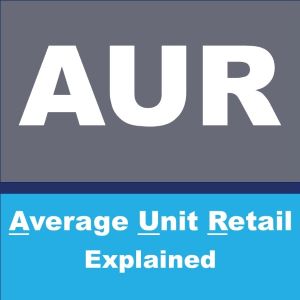POS stands for Point of Sale and can be used in a number of different contexts:
- POS software is the software used to check someone out, which may also feed into a CRM, logistics, or other software.
- POS can refer to the cash wrap or check out desk.
- POS can be the time of checking out, or that place along a user experience continuum, as in the idea of impulse buys being decisions made at POS.
- POS devices are the terminals and other machinery used at POS.
- POS signage and POS displays are at the point where the items are sold.
Note that the use of the term which is perhaps most relevant to you as a Walmart supplier is the last one – which has the least in common with the other uses of the term.
POS devices, software, and so forth are at the place where customers pay. POS displays and signage are with the product, usually elsewhere in the store. Who knows how often this difference in terminology leads to retail miscommunication?
Just to make it all even more complex, POS displays are also sometimes known as POP (Point of Purchase) displays.
The supplier should expect to cover the cost of POS displays and to work with the buyer on matters like the footprint, placement, and other details. POPAI research has found the sales lift from effective POS displays to be as high as 50% in some cases (averages are closer to 6-19%).
As always, make sure you’ve done your homework before you propose a special promotion with a Walmart POS.




